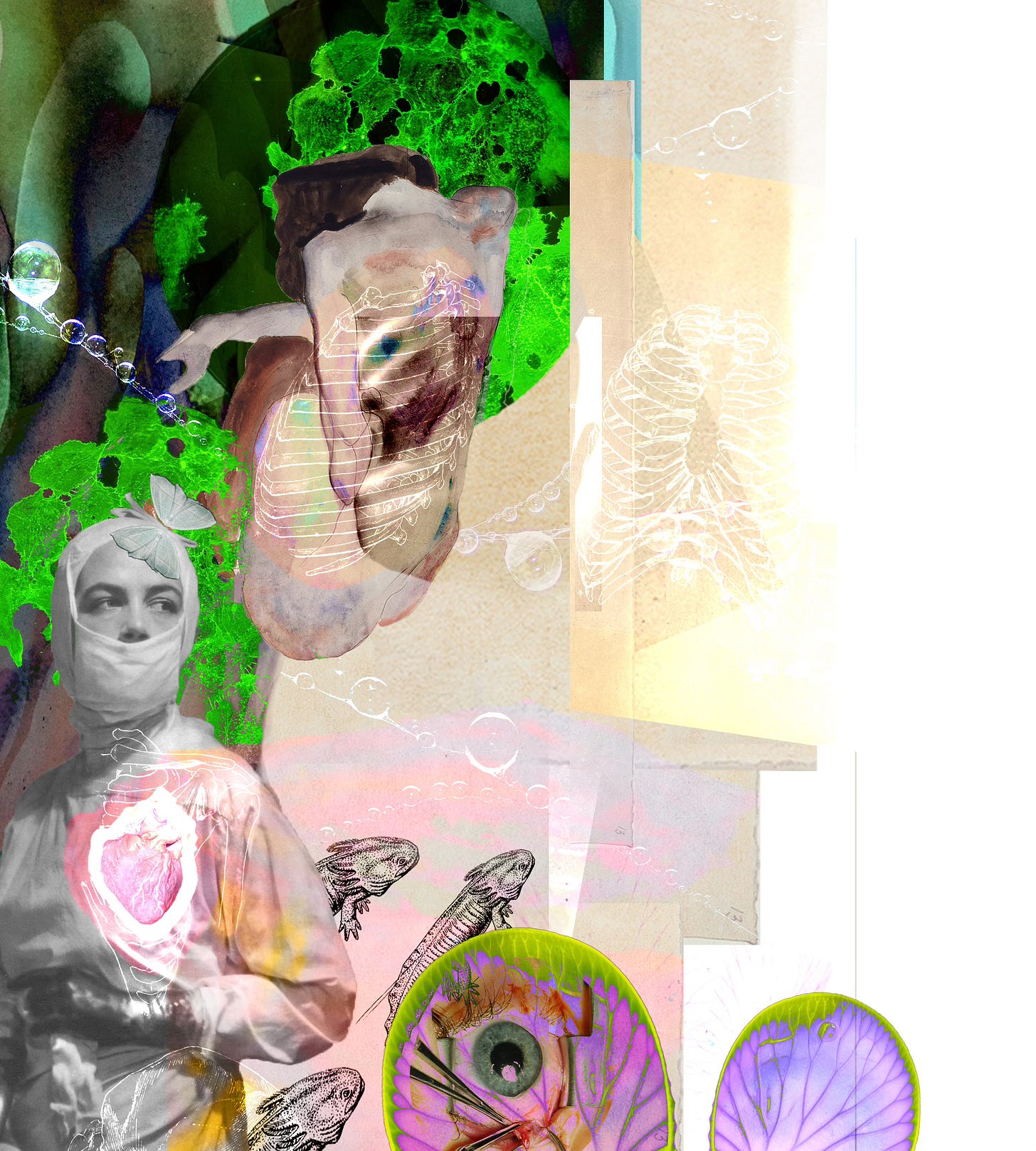The Tissue #5: How did I become a scientist?
My unorthodox descent into science and Dr. Bryan James' quest to design safer plastics for people and planet
Hello enthusiasts for living materials of all sorts,
At this point, I’ve met and chatted with a lot of biomedical engineers. It’s no surprise that many of them are excellent athletes. Soccer players, gymnasts, skiers, rock climbers, you name it. Often they tell me that their love for sport pushed them into careers in regenerative medicine—usually following an injury for which the treatments just didn’t seem to be good enough.
I can’t quite say the same for myself…
When I was a teenager, while others were putting in their hours on the field, I was putting my hours onto the page, crudely sketching ideas for the jewelry I learned how to make at my city’s community art school (thank you, mom and dad, for all the classes by the way) and writing cringy poetry that still makes me flush deep crimson.
These aren’t exactly the hobbies of a typical teenage boy, but at the ripe age of 16 the music of Kate Bush and my beloved white legal pad called to me with an enthusiasm I wish I could reach into the past and capture.
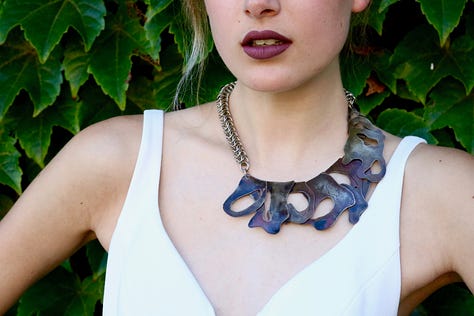
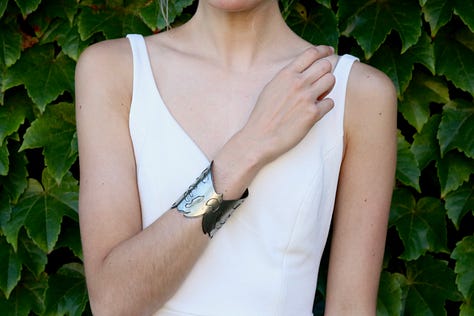
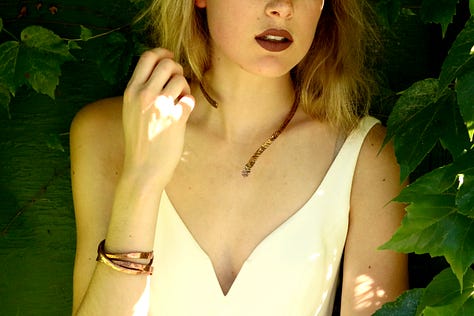
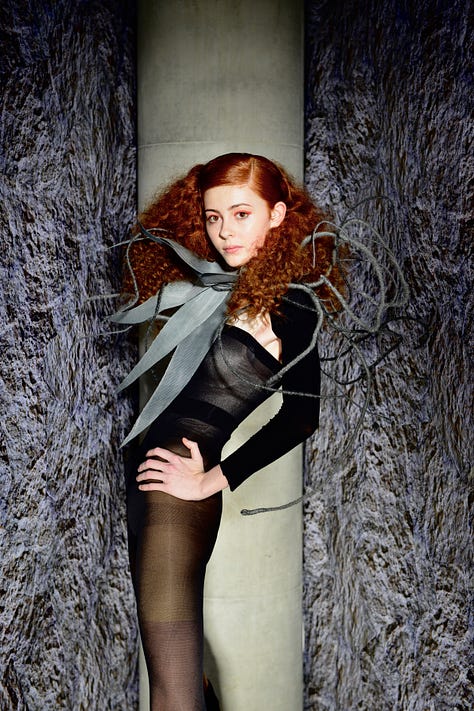
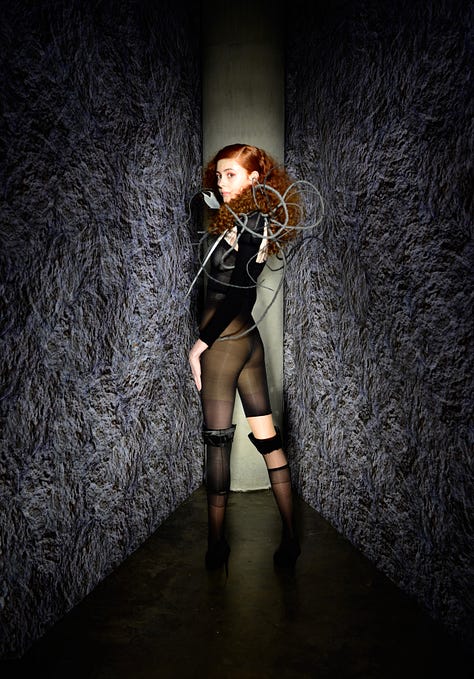

Because of these hobbies, I became obsessed with the many ways artists were using new materials, merging biology and technology, to reshape the ways we interact with our bodies. Thank you, internet.
Self-proclaimed Body Architect Lucy McRae was making music videos with Robyn, experimenting with how we might use all kinds of materials and fluid control systems to manipulate the surfaces of our bodies, deliver medicines, and design cosmetics.
Nancy Tilbury and Brandon Maxwell, the designer/engineer dynamic duo of Studio XO, were pushing the boundaries of what the function and purpose of clothing could be, putting Lady Gaga in Anemone, a dress that blew bubbles like a living organism.
Creative professionals out of Central Saint Martins were creating textiles using biological systems—weaving cellulose leather from yeast, dying silks with pigment-producing bacteria, knitting fabrics from cultivated plant roots, co-culturing their personal lives with cellular organisms, squishy biomaterials spilling out of tupperware in their bathrooms and bioreactors in their garages.
Armed with YouTube and the energy of youth, I felt I had a front row seat to a budding material future. I was enraptured by it. I was voracious in my consumption of it. And I decided I needed to be involved in it, so down the rabbit hole I dove.
I applied to colleges looking for anything that would bring me closer to that world, enrolling in a somewhat zany program, led by an eccentric man who exclusively wore low-top bean boots, that encouraged students to build cross-disciplinary majors across the schools of engineering and arts & sciences.
While some of my peers were teasing out how to navigate the program—combining environmental science and civil engineering or product design and mechanical engineering—the thread was always clear to me. I needed to study bioengineering and art.
I eventually joined a biomaterials lab while in that program, assisting a talented, patient, and disciplined (did I say patient?) graduate student tissue engineering knee cartilage using 3D-printed implants. That experience led me to my current job in the Gullbrand Lab working on regenerative therapies for intervertebral disc degeneration and low back pain.
Sixteen year old me, sitting in his bedroom, pen scribbling faster than his brain could move, obsessed with being an artist, might be surprised to know how his path unfolded. Because I truly never wanted to be a scientist. And yet here I am, four years into my job as a full-time scientist and tissue engineer, mostly loving it.
All that to say, my scientific awakening in the 2010s through this period of speculative biodesign and body modification is not what you would call a traditional start to a career in science, but it is the one that eventually led me to the lab.
Life is strange and unpredictable.
I’m curious to hear how you all became interested in science (whether you work as a scientist or not). Please feel free to share your story in the comments, however unique or mundane it may seem to you! It may just ignite a kinship with other Fleshy Futurists!
New and Interesting Publications
“Chimeric cell therapy transfers healthy donor mitochondria in Duchenne Muscular Dystrophy”—a follow up to “first-in-human” clinical study
This paper is actually a two-for-one. This team of scientists previously treated patients with Duchenne Muscular Dystrophy (DMD), a genetic disorder causing muscle atrophy and subsequent disability, using a unique cell therapy in which muscle myoblasts from a healthy donor were fused with those from a DMD patient to deliver functional dystrophin. Those treatments proved promising in 3 patients who received 12 month follow up. In their most recent paper, the team investigated whether their cell therapy also had the ability to regulate mitochondrial disfunction by transferring healthy mitochondria to the DMD myoblasts. Both papers are worth the read! There is so much to learn about how we may treat complex diseases of all kinds from their work.
For everyone who isn’t a cancer scientist (including myself), a Hemongiosarcoma is a type of tumor that commonly affects the spleen. A team of German scientists are treating these tumors using autologous dendritic cells. In the study, 42 patient dogs (aka people’s beloved pets) with stage II Hemangiosarcoma received the cell therapy, which was isolated from the patients’ own blood and administered intradermally over three appointments. The good news: Dendritic cell therapy seemed to extend the lifespan of the dogs that received treatment. The okay news: The extension seemed to be minimal. It’s still unclear what may make these immunotherapies more effective, but the authors have some ideas!
“Does the gut microbiome influence disc health and disease?—a pilot study”
Some really interesting, understudied tissue cross-talk work here! The researchers examined the gut microbiome of 60 patients, 40 with disc degeneration. They found that patients with degenerative intervertebral discs also had gut dysbiosis, a condition in which the healthy ratio between good and bad bacteria is eroded. Gut dysbiosis, which causes inflammation of the gut, was found most prominently in patients with modic changes, aka bone marrow lesions adjacent to the disc that are associated with pain, and the authors propose that the gut and disc engage in a complex inflammatory crosstalk. Fascinating discussion section!
“Flexible support material maintains disc height and supports the formation of hydrated tissue engineered intervertebral discs in vivo”
A big concern for those developing tissue engineered intervertebral disc replacements is that patients will need two surgeries. One to implant the disc itself and one to remove the fixation device that kept the disc in place. In their latest paper, researchers in the Bonassar Lab developed a flexible polymeric cage to both constrain and secure a tissue engineered disc after implantation. These cages may eliminate the need for a second surgery as there is no fixation to remove. They tested their tissue engineered discs and their flexible cages in pigs and found the flexible cages were more resistant to loading than non-flexible fixation. I’ll let you read the rest!
Why should biomedical engineers care about ocean plastics?
Why should tissue engineers care about the science of ocean plastic? How should biomedical scientists and environmental scientists collaborate? And, most importantly, do I need to drop everything, drive to the ocean, and make as many marine biologist friends as I can find?
Two weeks ago I published a Q&A with Dr. Bryan D. James, who also followed a unique path into materials science and tissue engineering. Although, a love for sport is a large part of his identity—he was a rower and a sailor—his love for the ocean is what jumpstarted his scientific journey and continues to direct his research.
Dr. James is an incoming Assistant Professor in the Department of Chemical Engineering at Northeastern University currently finishing his postdoc at the Woods Hole Oceanographic Institution where he studies “the fate, persistence, and toxicity of plastics in the ocean.” His future lab at Northeastern, the EcoBioMaterials Design Lab, will focus on “creating functional, sustainable, and benign materials for a safer, cleaner future.”
We had a fantastic chat about how plastics, including the PCL we use in many orthopaedic implants, may adversely impact organisms large and small. We also discussed how the research Dr. James conducts will help the industry design safer materials for both people and planet.
For James, the issues of environmental and human health are deeply intertwined.
In 2022, he published a delightful paper detailing just how valuable collaborations between biomaterials engineers and environmental scientists could be. It’s entitled “Biomaterials Science Can Offer a Valuable Second Opinion on Nature’s Plastic Malady,” and it’s an eye-opening read.
I encourage you to read the full write up of our conversation.
Thanks for reading,
Matthew
Have news you want to share with the Fleshy Futures community, leave it in the comments below!




